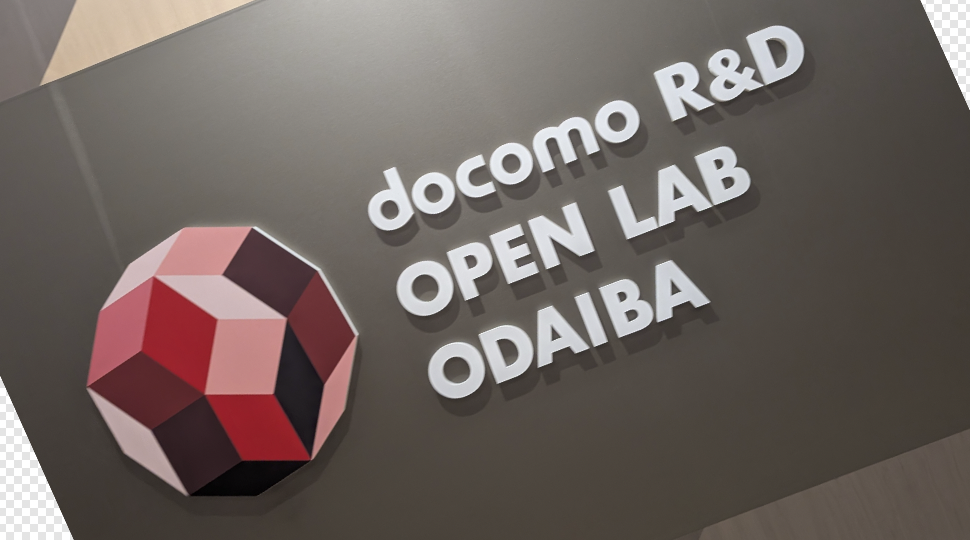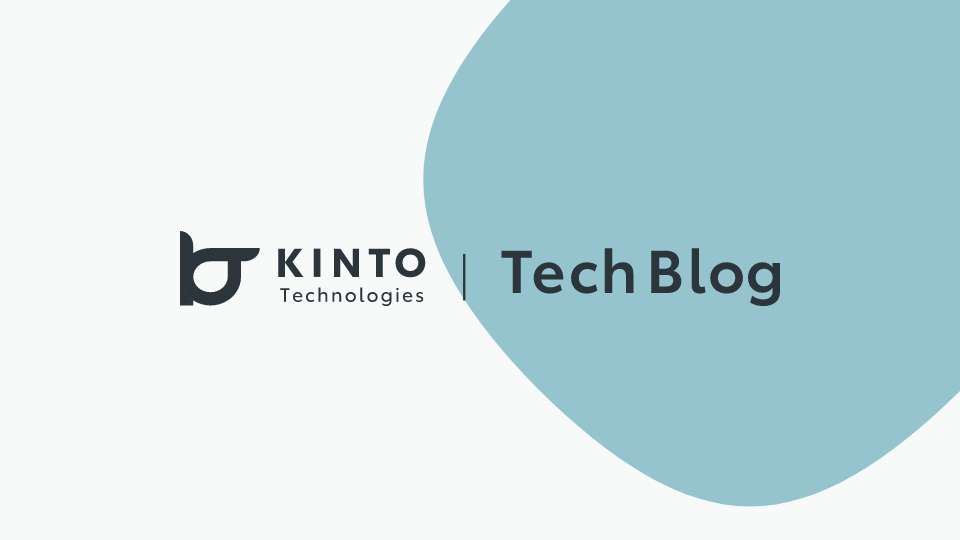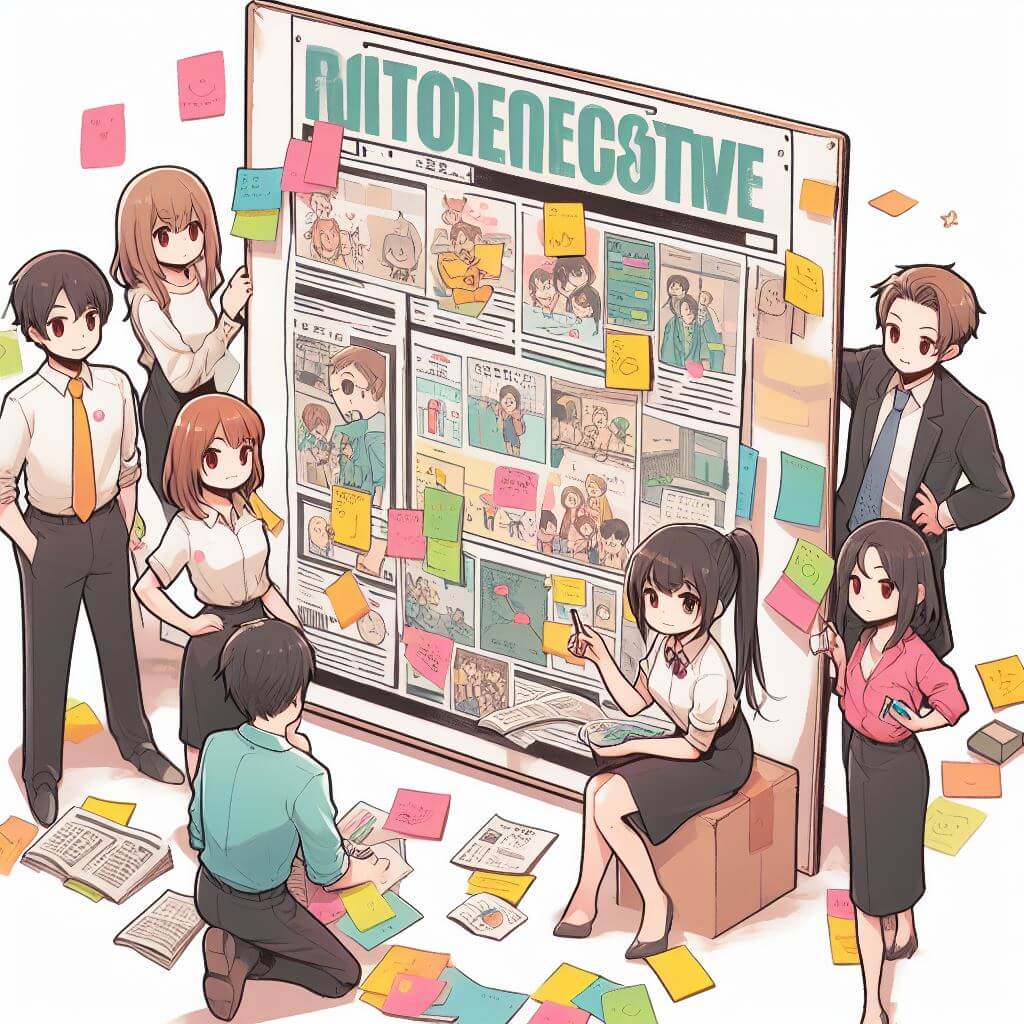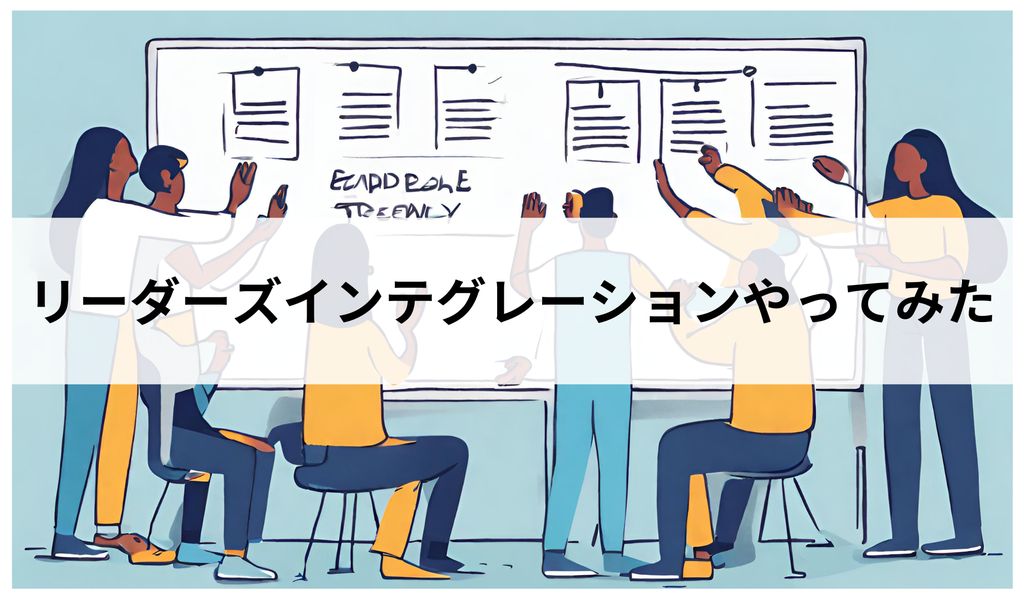InnerSource Gathering Tokyo 2025 Participation Report

This is Nakanishi from the Developer Relations Group (also serving in the FACTORY E-commerce Development Group and QA Group). This article is a report on the InnerSource Gathering Tokyo 2025 held in Odaiba on September 12th.
The term "inner source" has become much more common in recent years. At our company, we continue to make small, steady efforts to promote an inner source culture through creating our tech blog and fostering an engineering culture.
I learned a lot from this event and it reaffirmed my belief that our efforts are truly contributing to fostering an inner source culture. I’m writing this report to share this wonderful event more widely and to help promote the culture of inner source.
Changing Culture Through "Actions": An Field-Based Approach to Implementing Inner Source
Throughout the event, a few common themes consistently echoed through the venue. Breaking down silos isn't about slogans, but the accumulation of small actions. Code isn't the only contribution. And rather than loudly proclaiming what is right, starting small and gaining allies is what drives culture change. Each speaker shared insights from their distinct perspectives and different cultural contexts.
Capturing "Silos" Through Gradation
Right from the start, the message from the organizers was clear. Inner Source is an attempt to break down internal silos through cultural transformation, but it's not something that can be described in black-and-white terms. The intensity varies by organization. With that in mind,the Chatham House Rule was declared, creating a space where participants could freely take away insights without linking them to specific speakers or companies. Once these essential rules were established, the discussions became lively and engaging, which was fantastic It was the moment I felt glad I had participated from the very start of the event.
NTT DOCOMO, which provided the venue ( docomo R&D OPEN LAB ODAIBA ), introduced its facility for "creating, learning, and sharing," equipped with giant LED displays and 5G/edge computing environments. The venue is also open as a co-working hub outside of event days, and I was impressed by how it was designed as a permanent place where engineers can naturally gather.
Inner Source Is Not a "License" but a "Method"
The keynote speech reinterpreted inner source as a "method" by drawing on the history and practices of OSS (open source software). Public discussions, open access for anyone to participate, and community collaboration —it was said that bringing these OSS practices into the company represents a return to the fundamentals of inner source.
The discussion also significantly highlighted contributions beyond code, explicitly stating that reviews, testing, triage, translations, documentation, infrastructure operations, and public relations are all first-class contributions. In discussing review language etiquette, they introduced a principle from the networking community, which is "receive with generosity, express with precision", and connected it to dialogue etiquette. A suggestion is not a command, but the start of a dialogue. Since others can learn by observing such interactions, the language itself helps shape the culture.
The other key factor is its compatibility with Agile. Frequent releases, self-organization, evolving requirements—what OSS has long implemented and agile practices ultimately resemble. Therefore, the method of change follows the same path. Actions change, thoughts change, and culture changes. I was reminded that despite the various terms used, such as so-called engineer culture, there is a commonality in the underlying mindset and behavior.
Regarding motivation, recent trends were shared, where fun and learning are joined by career growth and reputation. One example highlighted how a company’s design that supports growth and learning led to a rapid increase in internal contributors.
In the Q&A, a practical point was raised: incentives that rely solely on money don’t last. The best approach is to design around three elements which are fun, learning, and recognition. As a strategy against burnout, a step-by-step approach was shared. Rather than speaking to a large group from the start, begin by reaching out to individuals, achieving small wins, and gradually building a base of supporters. An answer to the question about handling difficult behavior was down-to-earth: establish a code of conduct and work to raise the community’s overall 'average'. The concept of creating an inclusive framework, turning others allies rather than excluding was consistently present.
Many of these align with More Fearless Change: Strategies for Making Your Ideas Happen, and I highly recommend them for driving new initiatives within your organization.
NRI "xPalette": Circulating Capabilities
Nomura Research Institute shared insights gained over four years of creating environments that empower engineers' creativity and initiative. They establish reference architectures and individual guides, then circulate insights gained through experimentation in a "Learn → Apply → Feedback" cycle. As this cycle turns, opportunities to participate in projects increase, and new ventures combining multiple technologies begin to happen. Explaining activities in terms of business value and creating a positive spiral from budget allocation to environmental improvement is a realistic approach. Management takes the lead in praising young members for trying things out, supporting their “just give it a go” mindset with small allocations of time and budget. This kind of hands-on, tangible management approach was evident throughout.
Mitsubishi Electric OSPO/ISPO: Turning External Attention into Internal Momentum
Mitsubishi Electric has established a system to run OSPO (Open Source Program Office) and ISPO (InnerSource Program Office) in parallel, starting with fostering the habit of " prepare the platform → publish it openly." Drawing attention at external events and channeling outside interest back into internal recognition. That style of storytelling is characteristic of large corporations. They showcased how a series of internal events helped certain terms evolve into shared language across the organization. Furthermore, they announced plans to host a conference in Yokohama on November 13th, showing a proactive approach to establishing a platform for the movement.
InnerSource Summit 2025 https://innersourcecommons.org/ja/events/isc-2025/
Discussion: Regulations Are Also "Made Together" / Quality Is "Value for the User"
The discussion was imbued with the practical insights gained from implementing inner source within a large corporation. What struck me most was the proposal that rules, such as development standards and internal regulations, are exactly the kind of things that should be created through inner source. Involve relevant parties and make the approval process transparent. When handling KPIs, do not explain them solely in terms of monetary value. Track the preliminary factors that influence cost, including team size, code reuse, and review lead time. Regarding the definition of quality, the approach emphasized "value for the user" as the core principle, moving away from measuring solely by the number of defects. In response to questions about how to handle generative AI, a calm and grounded answer was given: whether the creator is human or AI is not the core issue. What is needed is quality management that includes user education, operational design, and feedback loops To overcome cost allocation and budget barriers, a practical approach was shared: "Start within your own team first, build a following, and let the system follow later. "
KDDI "KAGreement": Where Open Agreements Become Culture
KDDI's presentation is an initiative to articulate "Why we are here." Through weekly FigJam sessions attended by the Vice President and public sharing on Slack, they refine their working agreement (guidelines for action) together. The discussion is following a pattern very similar to inner source practices such as " public sharing, archive, small and fast action, and cross-team." The design of holding random breakout sessions during company-wide meetings, mixing departments and seniority levels for dialogue, could be described as an implementation that gradually raises the organization's "average. " Behind the scenes, executive sponsorship is certainly providing support.
teamLab: If You Can't Find It, It Might as Well Not Exist
teamLab's core theme is creating mechanisms that grow through use. The larger an organization grows, the harder it becomes to see what exists and where it’s located. Therefore, they launched the "InnerSource department" internally, starting by visualizing interests and potential collaborators. Next, they created the InnerSource Portal . Consolidate the repository overview, owner, setup instructions, projects using it, and links to Issues/PRs onto a single page. Issue templates are also categorized into types like "questions, improvements, feature requests..." to enhance ease of writing.
Furthermore, they talked about plans to implement titles and awards such as " InnerSource Champion," "Top contributor," "Legendary Issue," and "Rookie of the Year" with a playful spirit. They are also considering initiatives such as regular release sharing sessions and days where everyone collaborates to create a single internal OSS project with a deadline. The objective is singular. Increase the number of situations where it's "right there when you need it. "
Summary: Small Successes Become a Culture.
What resonated most at this year’s ISGT was the recurring theme across all presentations: “gentle pathways. A UI that makes your first PR less intimidating. The words that make the first review comforting. A title that makes you proud of your first contribution.
The accumulation of such small successes raises the community's overall "average" and dissolves silos. I strongly felt that inner source is not a system name, but rather the design of daily small actions.
Extra: The Vibe at the Social Gathering
Following the event, an InnerSource OST (Open Space Technology) session was held, where discussions continued in separate groups for each theme. The event naturally transitioned into a social gathering, so the atmosphere was lively from the start, with an active exchange of opinions continuing throughout. It was striking to see how many meaningful conversations emerged, not just casual exchanges, because the gathering brought together people genuinely committed to tackling the question of how to improve culture.
関連記事 | Related Posts
We are hiring!
【PjM】KINTO開発推進G/東京
KINTO開発部 KINTO開発推進グループについて◉KINTO開発部 :58名 - KINTOバックエンドG:17名 - KINTO開発推進G:8名★ ←こちらの配属になります - KINTOフロントエンドG:19名 - KINTOプロダクトマネジメントG:5名 - KI...
生成AIエンジニア/AIファーストG/東京・名古屋・大阪・福岡
AIファーストGについて生成AIの活用を通じて、KINTO及びKINTOテクノロジーズへ事業貢献することをミッションに2024年1月に新設されたプロジェクトチームです。生成AI技術は生まれて日が浅く、その技術を業務活用する仕事には定説がありません。






